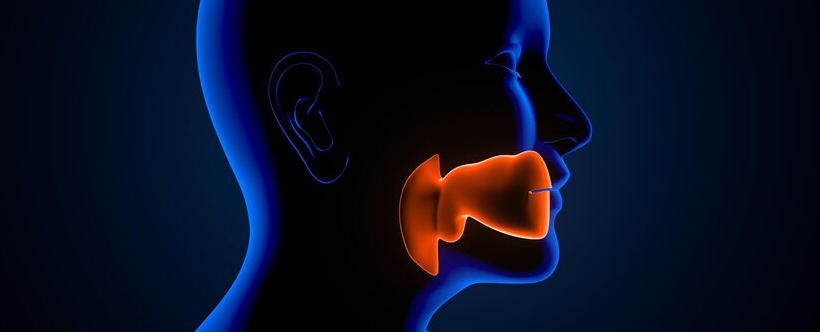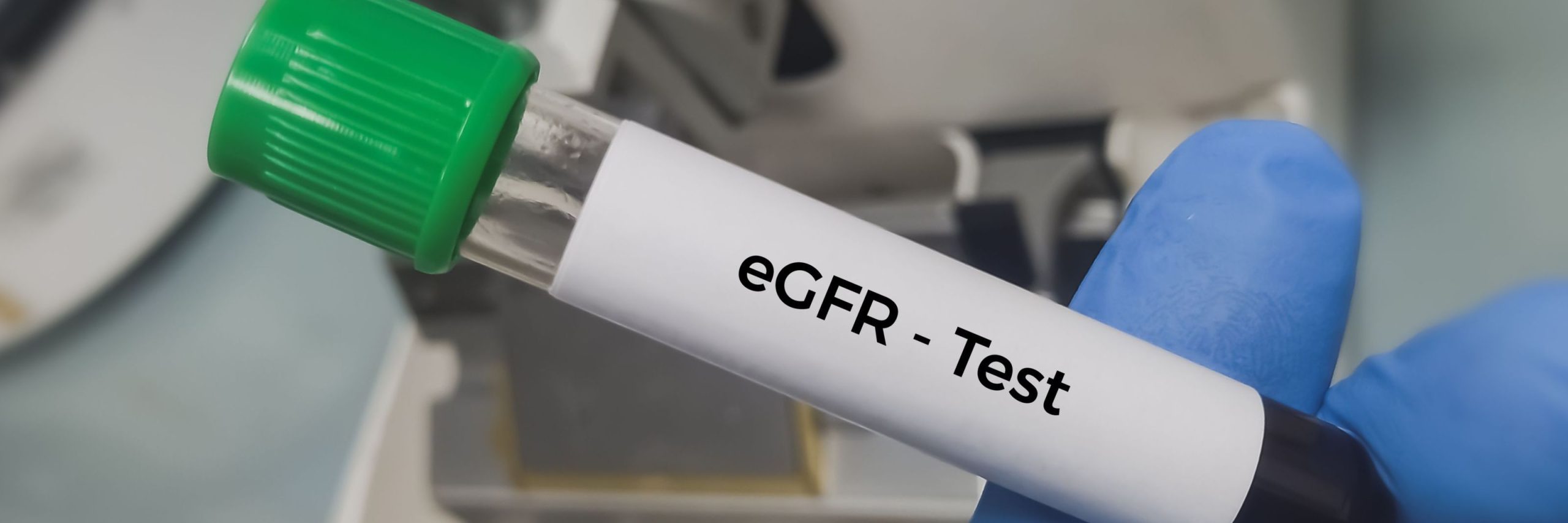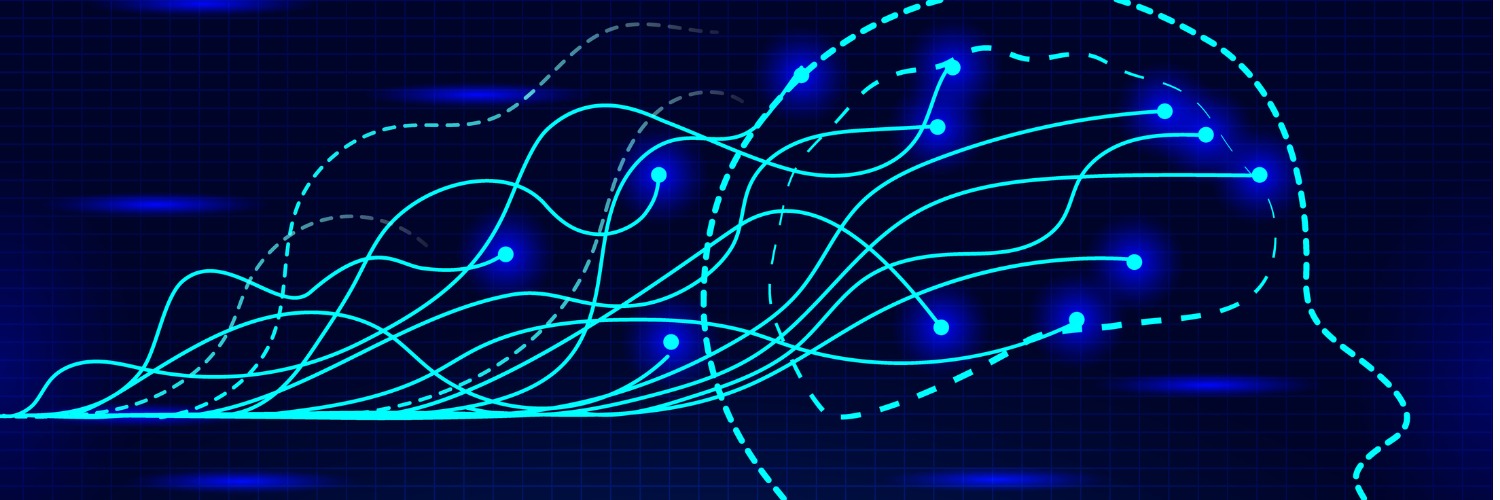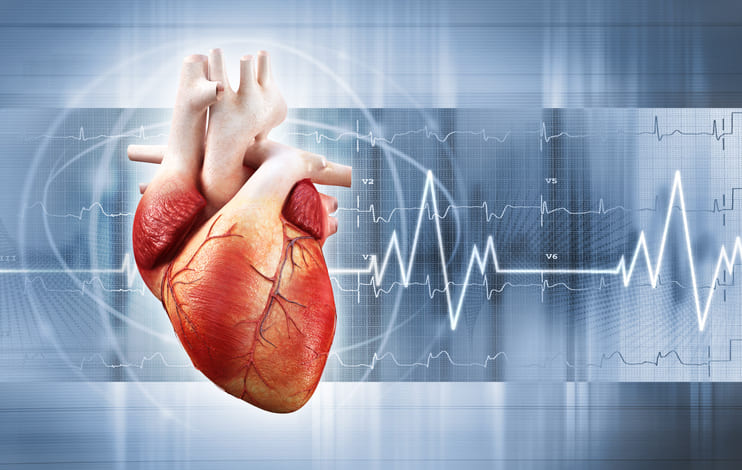The following is the summary of “Evaluation of long-term sequelae by cardiopulmonary exercise testing 12 months after hospitalization for severe COVID-19” published in the January 2023 issue of Pulmonary medicine by Noureddine, et al.
An essential clinical tool, cardiopulmonary exercise testing (CPET) provides a comprehensive evaluation of the respiratory, circulatory, and metabolic responses to exercise that are not fully captured by the measurement of individual organ system performance at rest. CPET is a great method for evaluating long-term effects in the context of crucial COVID-19. In this prospective, single-center trial, CPET was administered to 60 patients who had been hospitalized with a severe case of COVID-19 infection and had been treated in the intensive care unit 12 months following the onset of symptoms. Resting lung function and a CT scan of the chest was also taken.
At 12 months, dyspnea was still the most reported symptom among those with severe COVID-19 pneumonia, even though only a small percentage of patients had reduced respiratory function at rest. The most prevalent CT scan abnormalities were ground-glass opacities, reticulations, and bronchiectasis. About 80% exhibited a peak O2 uptake (V′O2) that was within normal limits (median peak predicted V′O2 =98% [87.2-106.3]). Intensive care unit length of stay remained a significant predictor of venous oxygen saturation. In addition to a widening of the peak alveolar-arterial gradient for O2 (35.2 mmHg [31.2-44.8]), more than half of the patients with a normal peak predicted V′O2 showed ventilatory inefficiency during exercise with an abnormal increase of physiological dead space ventilation (VD/Vt) (median VD/VT of 0.27 [0.21-0.32] at anaerobic threshold (AT) and 0.29 [0.25-0.34] at peak). Subjects with an aberrant rise in VD/Vt had significantly lower peak PetCO2 values (P= 0.001).
Patients with dyspnea had more severe impairments. Both the estimated diffusion capacity of the lung for carbon monoxide (DLCO) and peak VD/Vt values were positively linked with peak D-Dimer plasma concentrations from blood samples collected throughout the ICU stay (r2=0.12; P=0.02) and to predicted diffusion capacity of the lung for carbon monoxide (DLCO) (r2= − 0.15; P=0.01). Most patients had peak V′O2 values within normal limits 12 months following severe COVID-19 pneumonia, but they demonstrated ventilatory inefficiency during exercise with increased dead space ventilation, which was especially noticeable in individuals with persistent dyspnea.
Source: bmcpulmmed.biomedcentral.com/articles/10.1186/s12890-023-02313-x


















